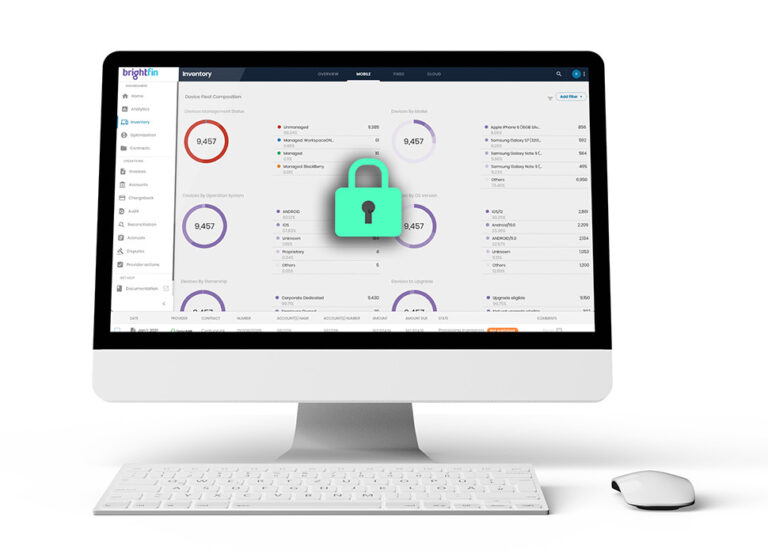Intro:
Device lifecycle management is the end-to-end process of managing IT assets. In many enterprises, IT managers are in charge of this activity. As a core function of their job, they help avoid productivity loss because of the poor functionality of mobile devices such as laptops and cell phones in the workplace.
It’s no secret that mobile technology has reshaped the entire structure of daily operations for many industries. From construction to healthcare and beyond, the role of mobile technology only continues to grow. As a result, enterprises need efficient solutions of lifecycle management as a part of their mobility management strategy. End users can’t deliver value to their customers if they don’t have the proper devices in the configuration they need them in.
This is where a robust device lifecycle management solution can help.
Enterprise benefits of device lifecycle management:
1 – Understand mobile technology inventory and health
Device lifecycle management allows organizations to understand their mobile inventory across the organization. This data can be broken up by location or cost center and helps allocate devices to individual users. Many solutions offer a centralized platform for mobile device lifecycle management that helps to ensure devices are properly provisioned, audited, and working.
2 – Improved end-user productivity
An end-user without a functioning device can’t help their customer and that means the organization suffers. Properly functioning mobile devices are key to empowering workers. A comprehensive device lifecycle management program allows organizations to discover more opportunities and focus on the core values of the business.
3 – Reliable connectivity
Device lifecycle management solutions help to ensure reliable connectivity by enabling visibility and actionable insights. A back stock of devices can be kept to replace broken mobile devices which helps field workers maintain reliable services.
4 – Prepare, deploy, collect
Preparing your mobile units for use can be the difference between gained productivity and lost productivity. Device lifecycle management programs simplify the rollout of new mobile devices as well as help collect out of service units. An effective lifecycle management solution removes the complexities of recovery, renewal and disposition for mobile devices.
![]()
5 – Enable security
Deploy security and compliance policies that fit your environment and combine them with industry-leading strategies to ensure employee privacy is maintained while your data is secure.
Conclusion:
- Optimize the overall operational efficiency of your workforce
- Save IT time and resources in the ongoing management and support of devices.
- Reduce communication delays and improve efficiencies for a dispersed workforce
- Simplify device rollouts
- Ensure your endpoints are secure and your organization is staying compliant




